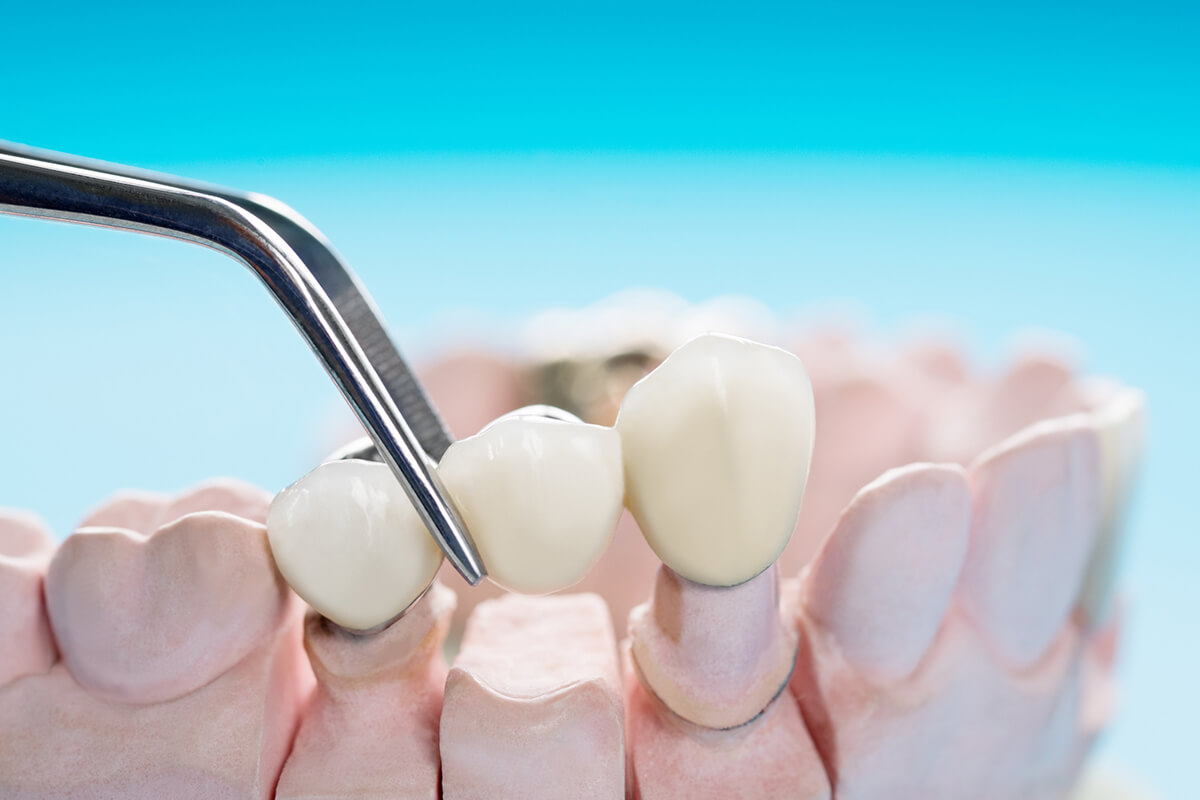If you have a missing tooth or teeth, you may have difficulty with daily activities such as eating and speaking. Missing teeth can also have a detrimental impact on your look and make you feel self-conscious about your smile. Missing teeth should be replaced regardless of the cause to restore both function and appearance.
Dentists also recommend that you replace lost teeth to maintain your oral health. Replacing missing teeth keeps your remaining teeth from shifting to fill the gap, which can lead to a crooked bite. A misplaced bite can make matters worse by putting additional strain on the jaw joint. Thus, restoring lost teeth keeps your smile structurally sound.
This is why general dentists offer a variety of dental restorations to replace missing teeth. A dental bridge is a frequent type of restorative. Dental bridges are classified into four types:
1. Traditional Dental Bridge
The most frequent type of bridge is the classic dental bridge. Traditional dental bridges are made out of a false tooth that is bordered on all sides by a dental crown. The bridge is supported by the dental crowns, while the false tooth fills the space left by a lost tooth. To place a typical dental bridge, healthy teeth on either side of the gap must be present. To support the bridge, both of these teeth will need to be modified and dental crowns installed.
2. Maryland Bonded Bridge
A Maryland Bonded Bridge is supported by a metal structure. Dental crowns are not required with this type of bridge. Instead, on either side of the prosthetic tooth, a metal framework is wrapped around or affixed to the actual teeth. Maryland bridges are perfect for patients who do not want their natural teeth altered because they do not require dental crowns.
3. Cantilever Bridge
A Cantilever bridge is structurally distinct from the other types of dental bridges. This is because a single natural tooth is used to support a false tooth in this type of bridge. Because they only require a dental crown to be placed on a single tooth, cantilever bridges are frequently easier to place and less expensive than other types of dental bridges. This, however, implies that this bridge lacks the same strength as the others. As a result, they can also be used at the front of the mouth.
4. Implant-Supported Bridge
Because there is usually minimal damage to the adjacent natural teeth, the implant-supported bridge has grown in popularity over the years. There is no need for trimmed-down tooth stubs with crowns or bulky substructures to support these types of dental bridges; they are entirely supported by implants. This sort of bridge provides enough space for you to clean between the dental implants and, when properly integrated, is quite stable.
Too many implants have been shown to cause serious difficulties, including implant failures and rejections. Plaque that adheres to the surface of the dental implant then burrows beneath the gums, damaging previously healthy bone (a condition known as Peri-implantitis). Your implant-supported bridge must be designed to be easily cleaned. It is easier and more effective to support a bridge with two implants rather than three implants in succession.
The incredible technological advances in implantology, products, and procedures have made the use of implants practically optimal for a single-tooth replacement or multiple-tooth bridge. You may be able to replace your entire lower or higher arch with 4 - 6 strategically placed implants, depending on the condition of your jawbone.
Any implant-supported bridge repair should feel secure and pleasant, just like your natural teeth. If your implants, basic cleanliness, and overall dental health are maintained, they can last a lifetime.
Conclusion
These four types of dental bridges provide patients with lost teeth with a range of restorative alternatives. While they all use a similar construction to replace lost teeth, each type has a unique method of supporting a dental bridge. These alternatives enable dental bridges to be employed for a wide range of patients with varying dental demands. Finally, your general dentist will assess your situation and advise you on the best form of dental bridge for your needs.






Comments